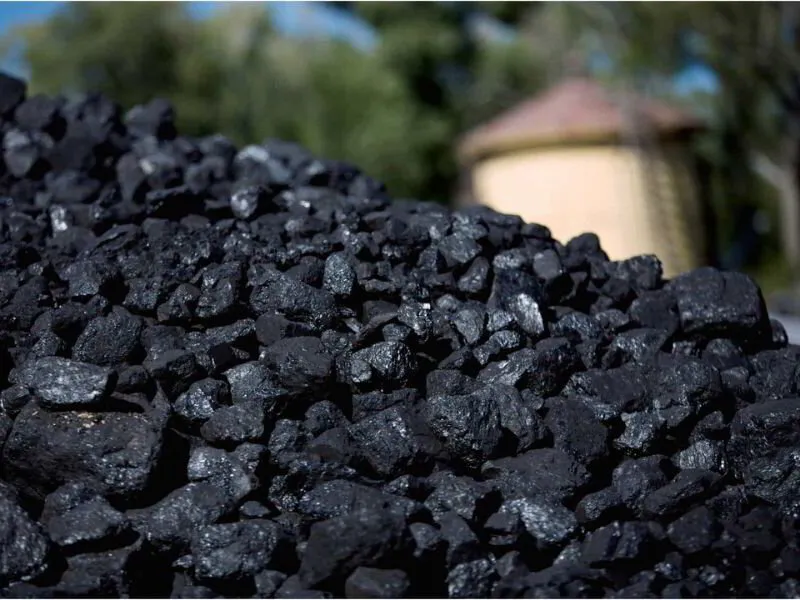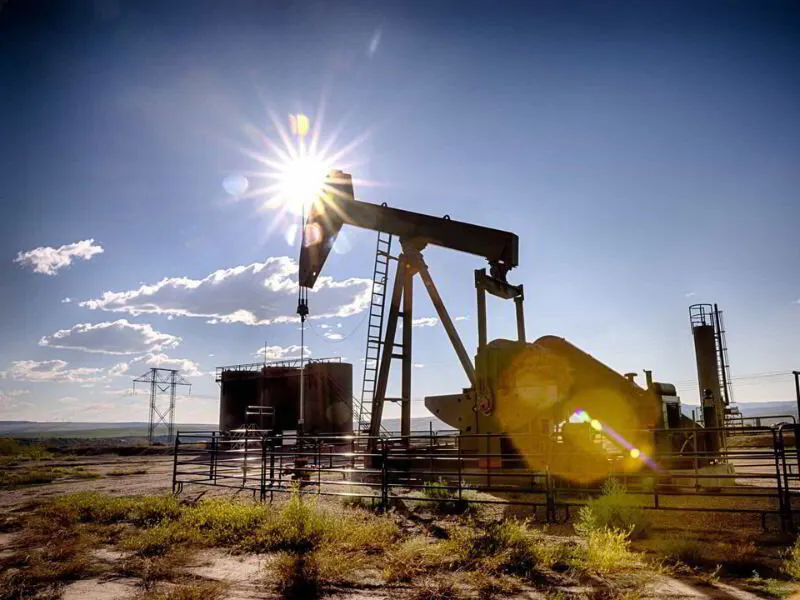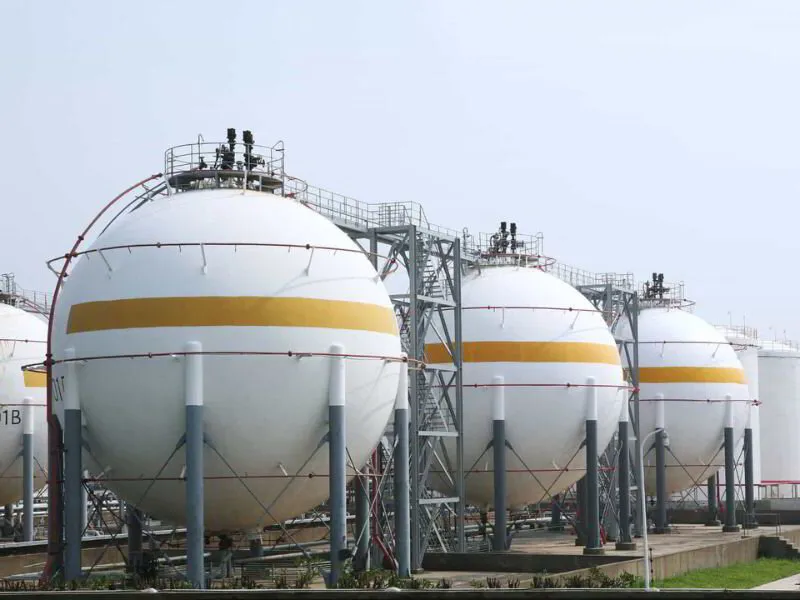The term 'fossil fuels' is rarely out of the news.
Mostly, we hear about the overconsumption of these resources and why burning them for energy is bad for the planet.
While this is basically true, understanding more about these energy sources is essential for developing an informed, nuanced picture.
Life as we know it would have been impossible without this type of energy.
The crux of the issue lies in their status as a non-renewable source of energy.
So why are fossil fuels considered a non-renewable resource? Our guide explains all.
⛏️ What is a Fossil Fuel?
Fossil fuels are compounds formed from decomposed and compacted biomass.
This means dead things!
Animals and plants that have been dead for millions of years are gradually subsumed beneath the ground.
The intense pressure compacts and crushes them, and while they cease to resemble organic matter in any way, these deposits still contain vast amounts of energy.
Modern humans' ability to mine these resources and use them for energy - as well as our contemporary dependence on energy sources - makes this one of the longest forms of the "circle of life."
Animals had never required this type of energy before, but over the past few thousand years, we've built a world that runs on external energy sources.
Fossil fuels represented the most efficient way of achieving these energy levels, but eventually, the plan hit a snag.
The problem with all nonrenewable resources is that they're not generated as fast as they're consumed.
The world's energy demands today are extremely high, but the natural processes required to create more fossil fuels take millions of years. You can see the problem.
Before we move on to the question of renewable energy vs. non-renewable resources, let's consider the different types of fuels we humans consume.
⚒️ Coal
Coal is a solid substance formed from animal and plant remains (primarily plants).
Coal deposits are typically found in veins throughout sedimentary rock - this helps form organic matter into coal as it's created at high pressure.
Coal was used for domestic heating for many years (it still is in some countries, although rarely). Burning coal generates heat, which can be used to produce electricity.
However, coal consumption produces vast amounts of carbon dioxide and causes significant local air pollution, which is partly why it's used for a diminishing portion of Earth's energy needs.
Coal is found across the Earth's surface. China, India, and the US are the biggest coal producers on Earth.
⚒️ Crude Oil
Another by-product of crushed organic material is called crude oil. This is made primarily of hydrocarbons and is typically solid while it remains in the ground.
It can be extracted in liquid form and refined as petroleum - it can then be used as gasoline or as a source of energy.
Petroleum products based on oil are all around us. Plastics and many cosmetic products depend on oil. It's also used as a fuel source.
This nonrenewable resource is extracted around the world. The US is the biggest producer of oil on Earth, followed by Saudi Arabia and Russia.
The Middle East has an enormous untapped supply of crude oil.
⚒️ Natural Gas
Oil and natural gas are often found together. The gas emerges from oil deposits and collects above them.
Natural gas (predominantly methane) is one of the main power sources in the world today, but supplies are short - reserves may only last around 50 years.
Methane is a natural gas that contributes significantly towards climate change when released into the atmosphere.
Some estimates put the production of this gas as causing up to 30% of man-made global heating.
The US is the world's leading producer of natural gas. Untapped supplies may also be found beneath the sea bed near the poles - energy companies are vying for the right to build pipelines to extract this supply.
⛏️ What are Non-Renewable Resources?
For a resource to be considered non-renewable, it must be used up faster than it's generated. This is demonstrably the case with fossil fuels.
However, the issue with fossil fuel consumption isn't just about supply - it's about its effects.
While using up nonrenewable resources means there's less for future generations, the method used to burn and extract energy from coal, oil, and natural gas causes significant damage to the atmosphere and environment.
The search is underway for alternative energy sources to provide enough renewable energy for our life on Earth without further harming the environment.
Options include:
- Solar power
- Wind power
- Nuclear power
- Hydroelectric energy
While these renewable energy types are making headway, they're not yet able to generate electricity and energy sufficient to replace fossil fuel entirely.
Just as a couple of solar panels won't heat your house through winter, wind, solar, and other renewable resources and alternatives can't yet sustain humanity's needs.
Extracting fossil fuels is likely to continue around the world until alternative sources can be harnessed at sufficient levels.
The volume of nonrenewable resources in the ground is dwindling every day.
Likewise, the more carbon dioxide and methane released as pollution, the more worrisome the potential effects of climate change could be.
⛏️ Why are Fossil Fuels Considered a Nonrenewable Resource FAQ
Test what you've learned and check out some frequently asked questions about fossil fuels.
Why is it called a fossil fuel?
These resources are made from fossils! Compacted organic material gradually turns into fossil fuels, which can be burned for their high energy content.
What are the 3 fossil fuels?
Coal, natural gas, and oil are the three fuels used today.
Why are fossil fuels not sustainable?
Supplies can't be replenished as quickly as they're being used. Furthermore, burning them takes a toll on the environment, which is considered unsustainable for its own reasons.
Why is coal a non-renewable fuel?
Coal supplies are expected to last up to another 150 years, which is longer than the other sources. However, reserves will eventually run out.
⛏️ Final Thoughts
Humanity today is dependent on these fuel sources not just for electricity and heat but for almost every aspect of our lives.
Time is running out because resources are running out - either we find a sustainable alternative or our way of life changes irreversibly.
...or both! Check out our articles to learn more and stay informed!






